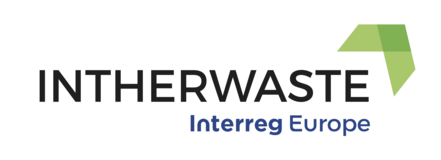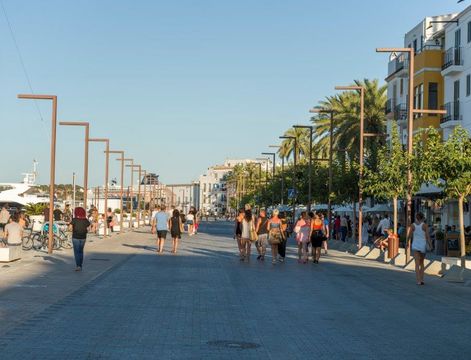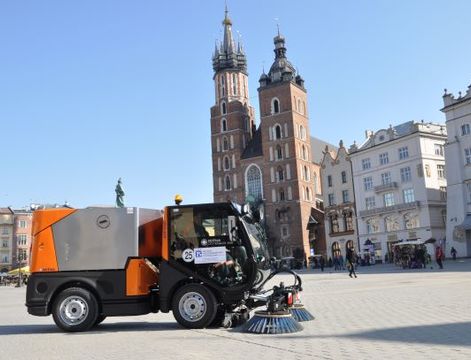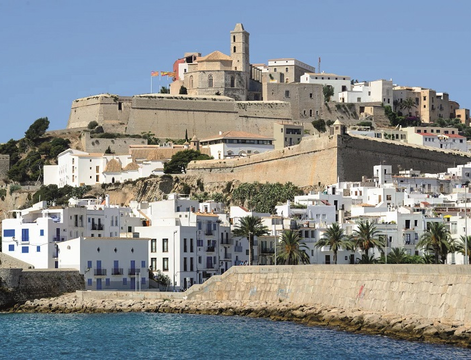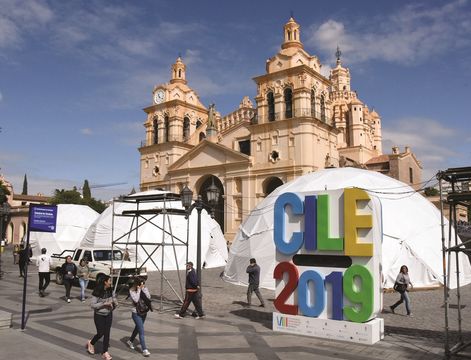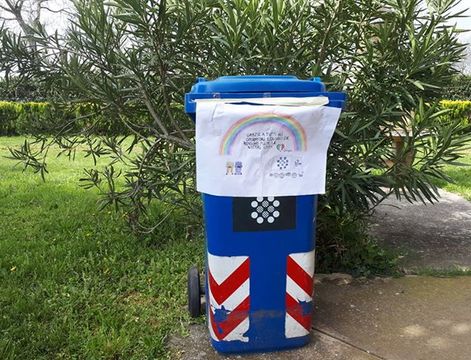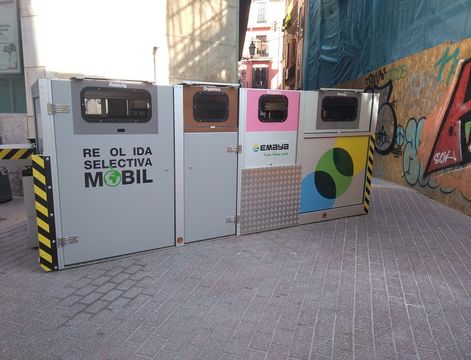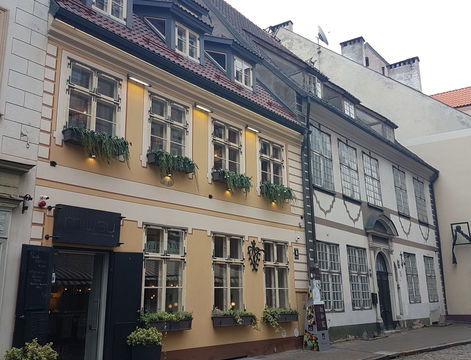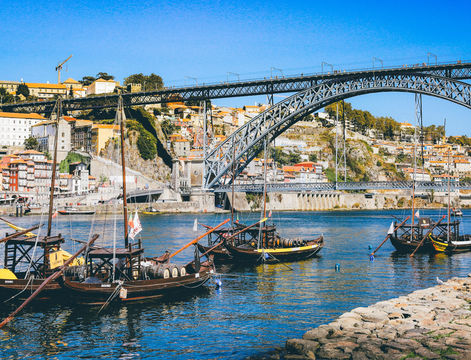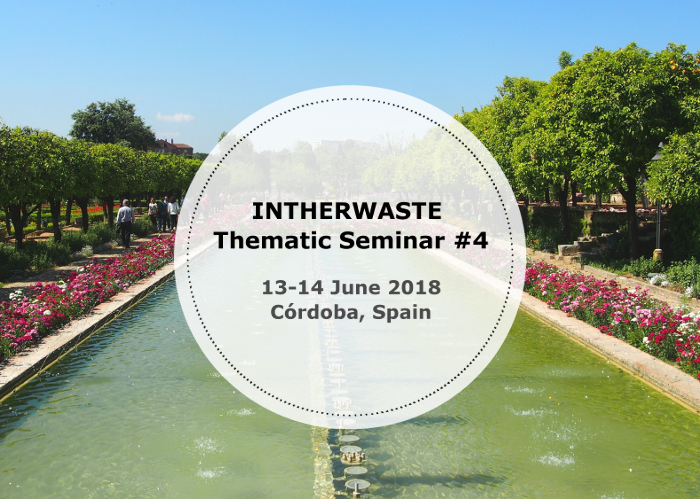The best waste is the waste which is not produced: this is even truer in islands, where the geographical conditions of insularity and high number of tourists pose a number of challenges, often similar to the ones of Heritage Cities, which have a substantial impact on collection, storage, treatment and disposal of waste.
The fragile ecosystems and limited natural resources of these areas entail higher environmental cost connected to waste management: significant seasonal quantity fluctuations in the volume of produced waste resulting mainly from touristic activities; the difficulty of building economies of scale due to a fluctuating population that decreases dramatically in the winter period; and the need to transfer waste to continental areas.
This growing attention to the potential of sustainable tourism as a lever to promote circular economy is at the basis of the BLUEISLANDS project (ERDF co-funding under the Interreg MED program). The project idea relies on the awareness that the fragmentary knowledge of seasonal variation of waste generation in MED islands is one of the main causes of the lack of strategic plans to promote sustainable tourism. There is a momentum for islands, in particular since marine litter has been dragging a lot of attention in particular this past year. Unfortunately, in the tourism sector waste management is still perceived as an additional cost instead of being seen as an income earning opportunity and an investment in the long-term attractiveness of the islands.
In the framework of the BLUEISLANDS project, a total of 78 surveys were conducted on 18 selected beaches. From the low to the high touristic season, the number of items constituting the marine litter increases by 149% in the touristic beaches, 147% in the remote beaches and 542% in the beaches mainly used by the locals. As a first result, it appears critical to improve the management of these specific beaches as this is where the increase is the highest and where the highest amount of marine litter is found. A special attention should be also paid to the plastic debris, including both micro- and macro-plastics, and the cigarette butts. These different types of items represent a huge challenge, especially in the beaches used by locals and the remote beaches. Indeed, in these two types of beaches, the seasonal increase of cigarette butts is of respectively 667% and 7687%, while the increase of micro-plastics is of respectively 1,366% and 1,056%, although for the remote beach the total number of items is one order of magnitude lower. More results can be found on the project’s website.
Through a set of research activities and mutual learning actions, the next steps of BLUEISLANDS project will focus on:
- the definition and testing of pilot actions for the prevention and sustainable management of waste in the partner islands;
- the drafting of action plans that can be used by policy makers to innovate the regulatory framework of the project partner countries on sustainable tourism and waste.
The next opportunity for mutual learning organized in the framework of the BLUEISLANDS project is the conference “Towards a circular economy and sustainable tourism on islands” (Brussels, European Parliament, 11 April 2018).
More information: blueislands.interreg-med.eu
